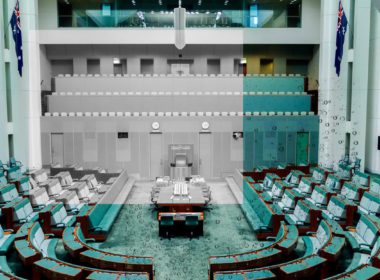Snapshot
- Australia’s electoral campaign finance laws are undergoing a seismic shift, with sweeping national caps and disclosure rules set to take effect within a year.
- The reforms promise greater transparency and fairness but their complexity and rushed passage have sparked criticism across the political spectrum.
- As constitutional challenges and practical headaches loom, this article explains and contextualises the convoluted mechanics of the legislation, and asks what this means for lawyers in practice.
Money, it is said, makes the world go round. It is not meant to be that way in politics, since one person, one vote is the uber-principle in liberal democracies. But, you can’t have mass elections without significant resources. As a result, how campaign and party finances are regulated is, at once, a very important public concern and also an intricate accounting business.
Just six weeks before the May general election, the Australian Parliament enacted a 241-page Bill to revamp this field. The tautologically named Electoral Legislation Amendment (Electoral Reform) Act 2025 (Cth) will come into effect in mid-2026. In what follows, we will assay the scope of the reforms in broad context. Before subjecting them to a brief analysis of the principles, constitutionality and practical aspects of the reform. The reforms amend the Commonwealth Electoral Act 1918 (Cth) and any references herein will refer to that Act as it will be when the reforms take effect.




